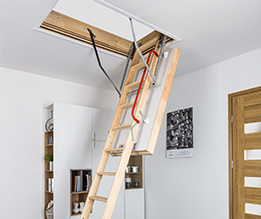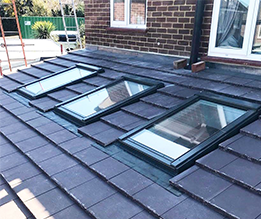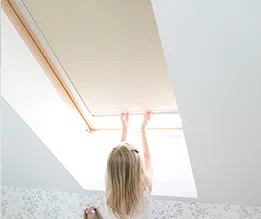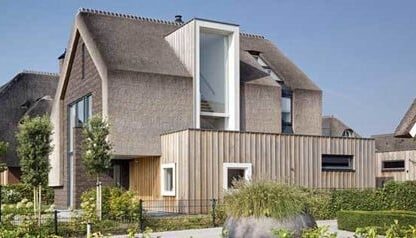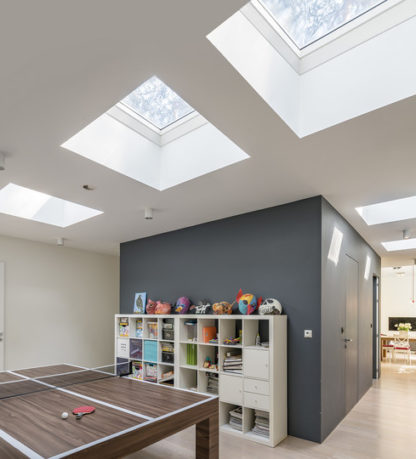How to brighten a dark room with no natural light
It's estimated that we spend 90% of our time indoors, and it's easy to see how. We spend a huge amount of time and money making our homes as comfortable and multi-functional as possible, ensuring that we and our families have everything we need to be happy. Unfortunately, one downside to this is that many of us simply aren't getting enough exposure natural light.
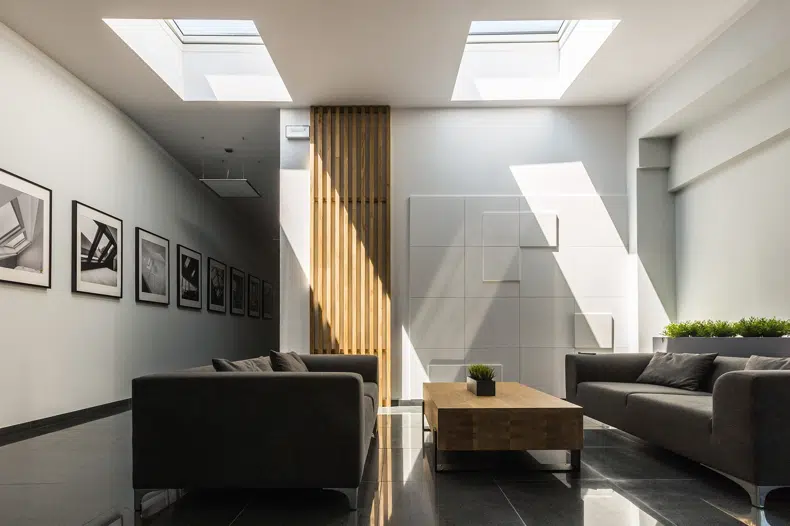
Not every home has sufficient access to sunlight through windows and other sources, and some have very little at all. Even generally well-lit houses have some rooms that are simply darker than others, as factors like the environment outside your property and the angle of the sun affect how much light can get in. All this can cause issues for our health and happiness if we’re not getting the exposure we need.
If you’re wondering how you can boost the amount of natural light in your home for the sake of your health and happiness, or if you simply want to make your home more appealing to potential buyers, you’ll be pleased to know that there are lots of things you can do about it.
The benefits of natural light in the home
Perhaps the most obvious benefit of sunlight through windows is that it can give your home a bright, airy appearance which looks great and feels welcoming. You’ll find plenty of concepts that use natural light in interior design, from cosy farmhouse looks to modern minimalist décor, and a brighter home is usually more appealing to property buyers too. This means your property value could be higher if you have lots of natural light sources in your home.
One of the main reasons why bright homes are so popular is because sunlight can actually have significant improvements on your health and wellbeing.
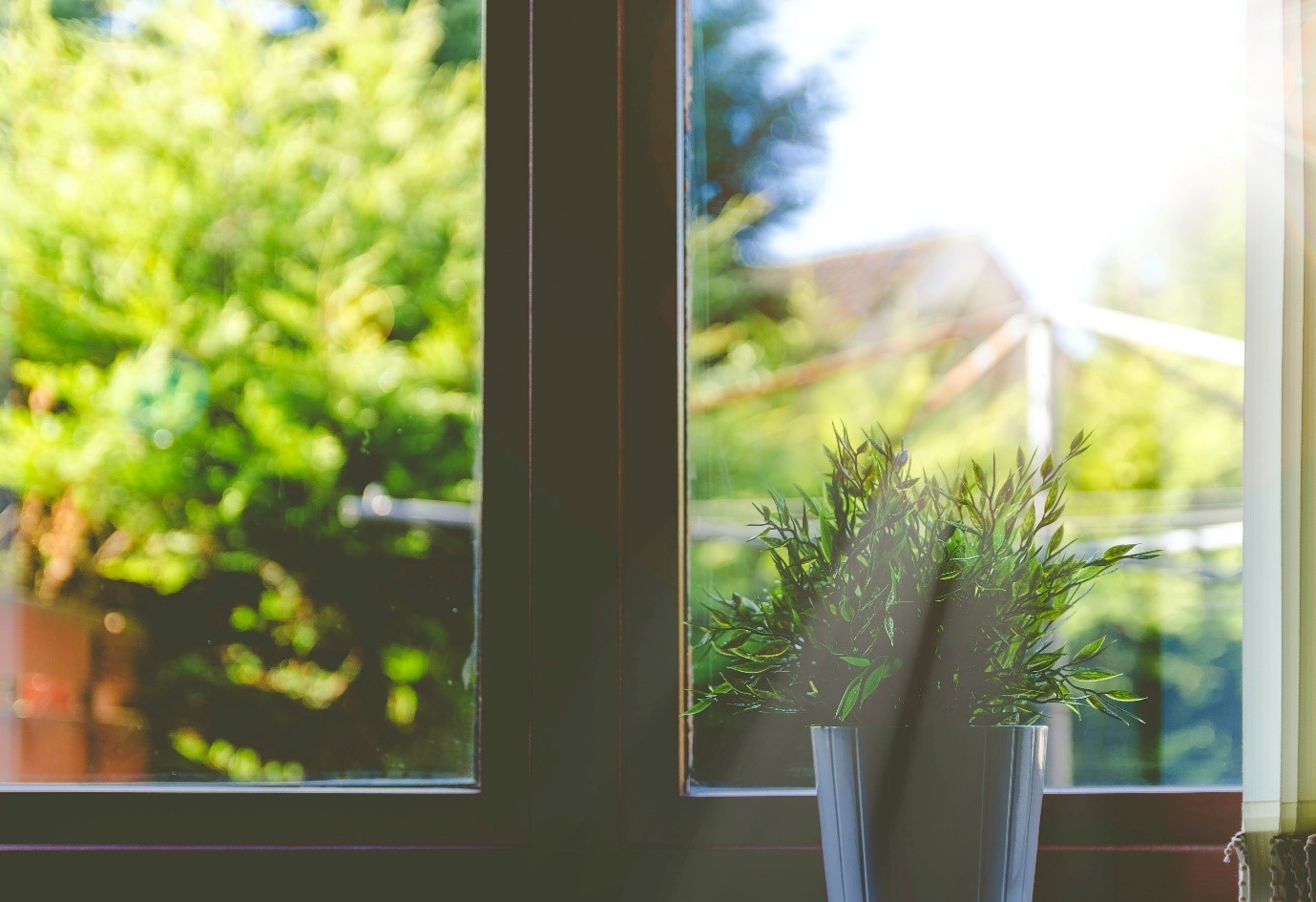
Access to natural light is thought to bring the following benefits to our brains and bodies:
- It supports our circadian rhythms, which can improve sleep duration and quality.
- It boosts our mood and reduces symptoms of seasonal depression, or the ‘winter blues’.
- It provides vitamin D, which leads to healthy bones, teeth, and muscles.
Natural light is so important to humans that when designing buildings, architects and interior designers spend a lot of time working out how to maximise the amount of natural light coming in — these techniques are known as types of daylighting. It’s especially important when designing offices, as sunlight can boost productivity too (Healthline).
Pragmatically, more natural light via windows, patio doors, and other glass structures can be great for the environment — and your wallet. This is because the more sun we have coming into our homes, the less energy we tend to spend trying to heat and illuminate them during the day. This is increased further if you opt for double or even triple glazing, as this can help retain heat in winter too.
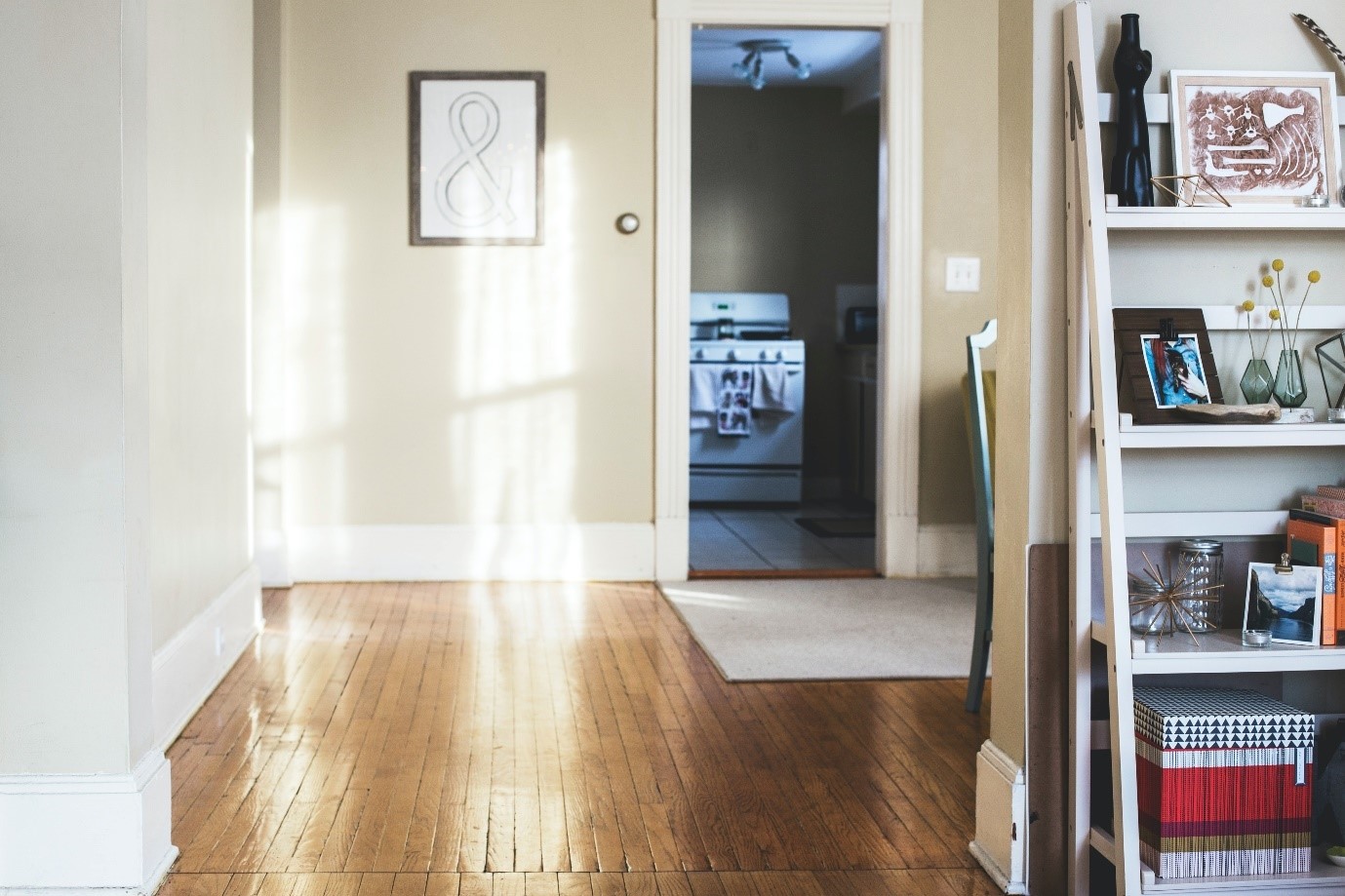
How to make a dark room lighter
To reap the benefits of natural light, you’ll be pleased to know that there are a few different ways you can let more of it in, or make your property appear brighter.
Add more windows
If you’re wondering how to lighten a room with no natural light, such as a bedroom with no windows, the best way is to install more glazing. Adding more windows to your property or increasing the size of the ones you already have can be done extremely quickly and easily, though you should check whether you’ll need planning permission first.
If you don’t have enough wall space to fit another window in, you could always consider a sun room, conservatory, or an extension with roof windows. Because of their angle, roof windows are fantastic for letting in as much light as possible, so they’re a great addition to any home in need of illumination.
In many circumstances, you won’t need planning permission for an extension — they can be completed much sooner and more cheaply than you may think.
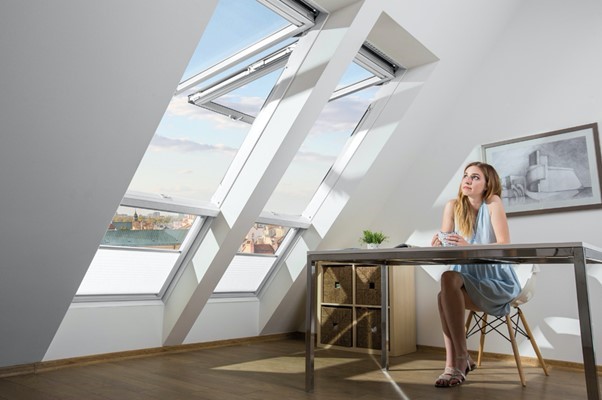
Another option is to create a natural light sanctuary in a converted loft with roof windows, dormer windows, or even balcony windows. Their unique position at the top of the home means that lofts can receive the most natural light during the day. So, even if the rest of your home is dark, you know you always have somewhere to escape to when you need a boost of sunshine.
Finding a tradesman that you can trust is key to any home improvement, and you can read our guide to finding a reliable builder here. Our breakdown covers everything from what qualifications and insurance your builder should have to how you should compare builders’ quotes. This will help ensure you don’t encounter any unexpected obstacles during your home renovation.
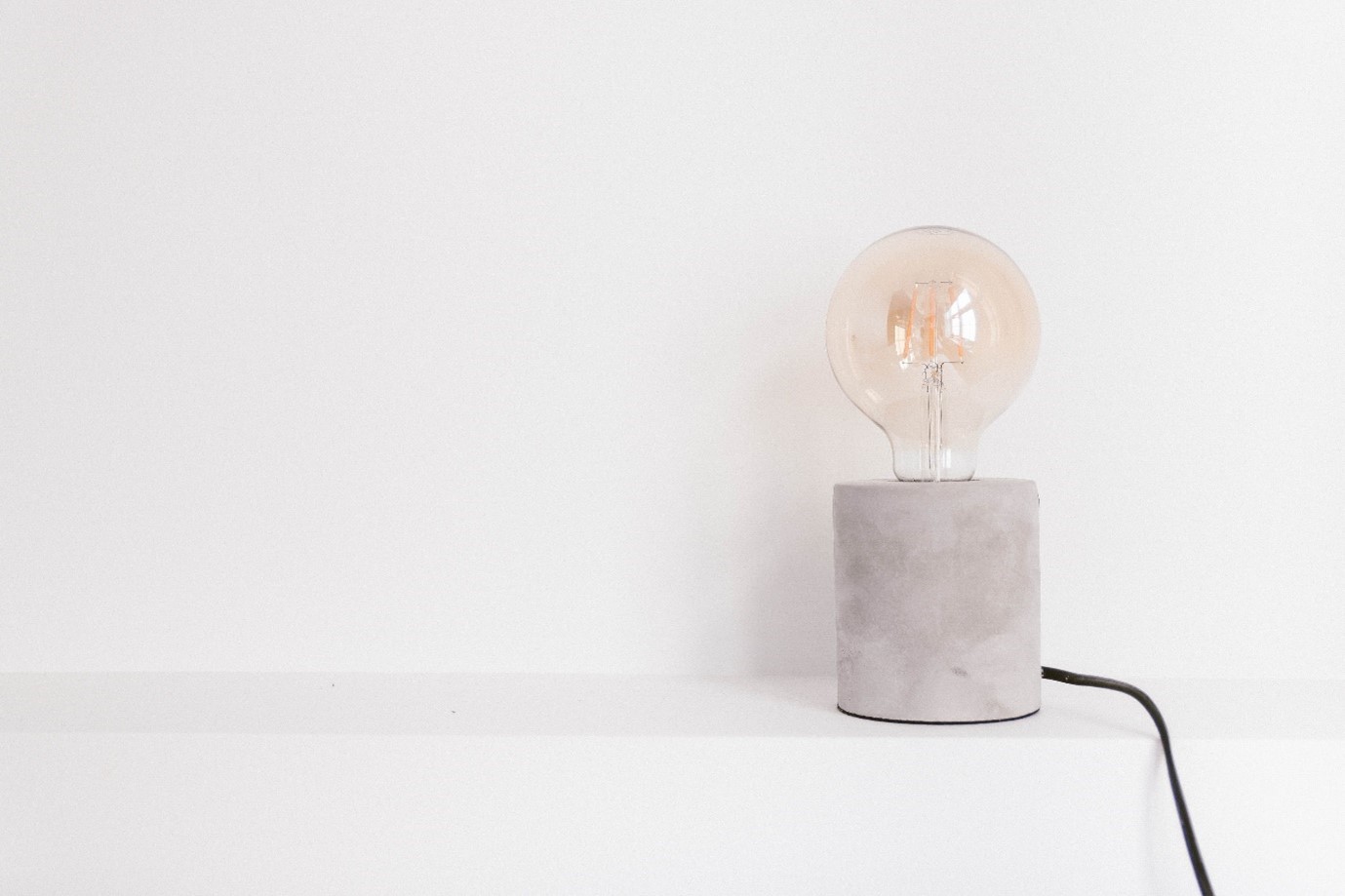
Let there be light
Another way to brighten your interiors is to include the right kind of lighting. If your home is on the dark and dingy side, you can include plenty of light sources around the house to either complement or boost the amount of natural light you have coming in.
Installing light tunnels (also known as sun tunnels) is an ingenious way to bring real natural light into the darkest areas of a building, particularly where there are no exterior walls to put windows into. These use an external dome, a tube, and mirrors to bring the sunlight in, so install them in the south-facing part of your roof to get the most light.
The best thing about light tunnels is that they don’t require electricity to work, as they simply ‘pipe’ daylight from outside into your home, and they won’t disrupt your circadian rhythm.
Also check : Flexible Tube Light Tunnels
Electric daylight lamps and bulbs are good lighting solutions for rooms that get little light coming in naturally, if more windows or light tunnels can’t be added. These mimic the sun’s rays, so you get a similar boost of mood and energy from them as you would from non-electric light.
Try dotting daylight lamps and bulbs around your home for use during the day, then switch to regular electric lights during the evening. This can help support your circadian rhythm, as daylight in the evening can throw you off and cause sleep disruption.
Choose the right palette
It’s not always possible to get natural light into a room without windows, or certainly not as much as you’d like. However, even the colour scheme you choose for your interiors can make a huge difference, so it’s important to pick the right palette when decorating your home.
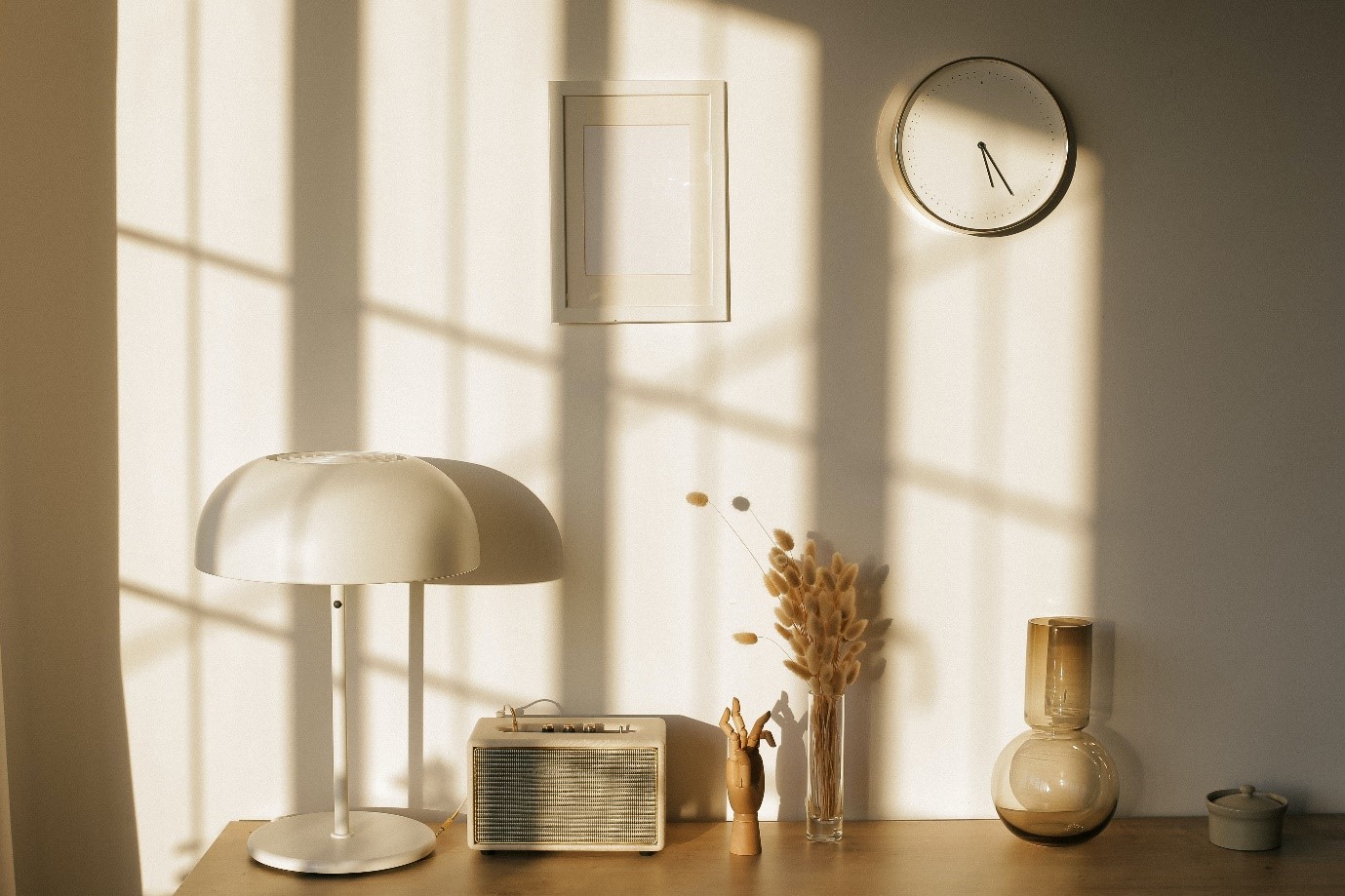
It makes sense to go for light paint colours if you want to make a dark room brighter, such as pastels or shades of white. But did you know that the tone you choose can have an effect too? Cool undertones like blue, grey, and green can help make a room seem more spacious, giving the illusion of lightness and airiness. So, you could look for soft blues, creamy greens, and silvery greys if you want to update your interiors to seem brighter and roomier. Try to choose a paint with a glossy finish, too, as these are more reflective and can help bounce light around the room.
This principle also applies to furniture and décor. Choosing pieces and ornaments in light colours, as well as pale woods such as pine, can avoid making a room seem dingy and dark. Painting your walls and choosing bright furniture is a great way to brighten a room with a dark carpet.
You might be looking for ways to make a room brighter, even if it already receives a good amount of natural light already. This is because bright rooms tend to look bigger, so the more light you have, the more spacious the room will feel. With this in mind, you can choose the same cool, pale tones as you would in a dark room to enjoy similar benefits.
However, a room with lots of natural light presents the opportunity to get creative with as many different colours and tones as you like. From bright shades and jewel colours to patterned wallpaper, you can be much more creative in a room with plenty of windows than you can in a room with little light coming in.
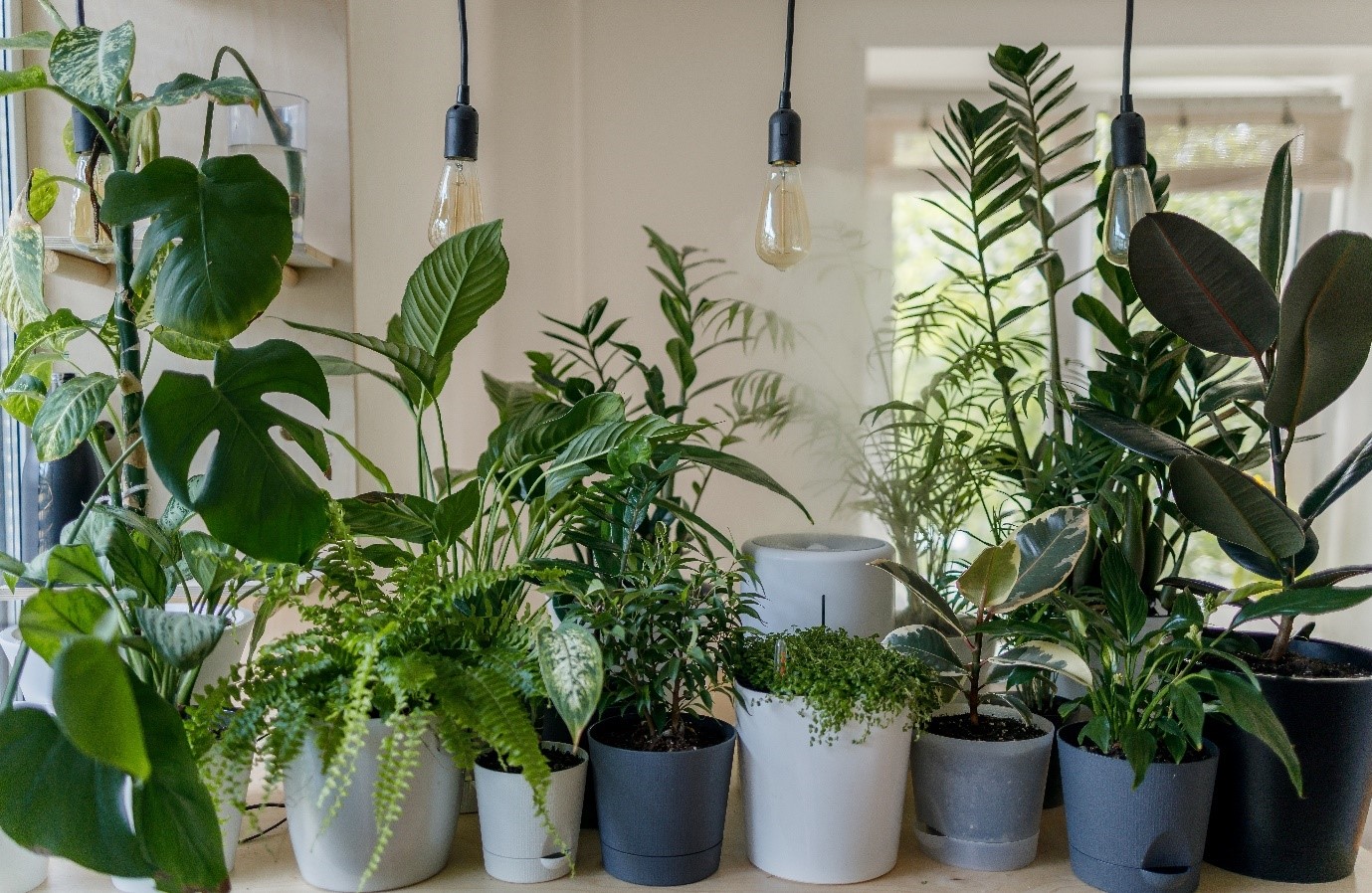
Furniture & interiors
If you’re looking for more ways to increase natural light throughout your house beyond renovations and redecorating, you’ll be pleased to know there are a few different hacks you can try when choosing furniture and décor for your home.
You first need to make sure that any furniture you already have in your room isn’t blocking the light from coming in, even a little bit. This can be as simple as moving wardrobes, sofas, and other large pieces away from your windows and settling them into corners, where they can’t get in the way. You may also want to consider transparent furniture such as glass or metal frame tables, so the light from your windows can pass through them easily.
To prevent further blockages, you should also consider swapping out your heavy curtains for blinds. Blinds can be rolled up instead of pushed aside, which means they’re fully tucked away and unlikely to block any sunlight from coming in when they’re opened. Curtains, on the other hand, are difficult to open completely and gather at the side of your windows, decreasing the overall surface area of your glazing and blocking the sun from some angles.
It’s common practice in interior design to include plenty of reflective surfaces which can help bounce light around a room, maximising its potential. These surfaces can include metal, glass, or polished wood, and can be as large as a dining room table or as small as fixtures or fittings, such as drawer knobs. A large feature mirror above your mantel or hanging on your wall can really make a difference too, especially in small rooms.
Another interior design technique is to bring plenty of natural materials and real plants into a dark room. This is because we associate nature with wide open spaces and freshness, so incorporating naturally-occurring elements can help make us feel like we’re outdoors. Look for materials like real wood and clay, as well as fibres such as sheepswool, linen, and hemp.
Instead of ornaments, use houseplants to add interest to your home. Plants also have the added bonus of muffling noise, purifying air, and trapping dust, and some can even smell great too. So, there are plenty of reasons to incorporate more greenery into your home design.
If you’re wondering how to get more natural light in a room, or make a dark room seem brighter, the tips in this guide can help. From adding more windows to repainting your walls, there are plenty of ways to brighten up your home and create a light, airy atmosphere.
At RW4Y, we can provide you with a wide range of high-quality roof windows. Whether you’re converting your loft, considering an extension, or simply want to know your options for letting in as much light as possible, we can help you find the perfect solution for your needs — and for a great price, too. What’s more, many of our windows are made from green and sustainably sourced materials, including sheep’s wool, FSC certified pinewood, and water-based varnishes.
For more home renovation tips, be sure to check out the rest of the advice in our Knowledge Hub.

